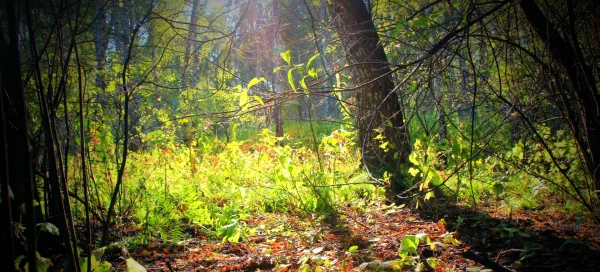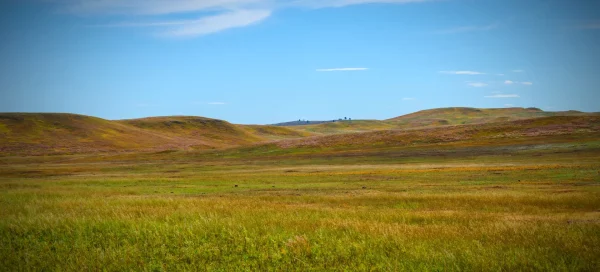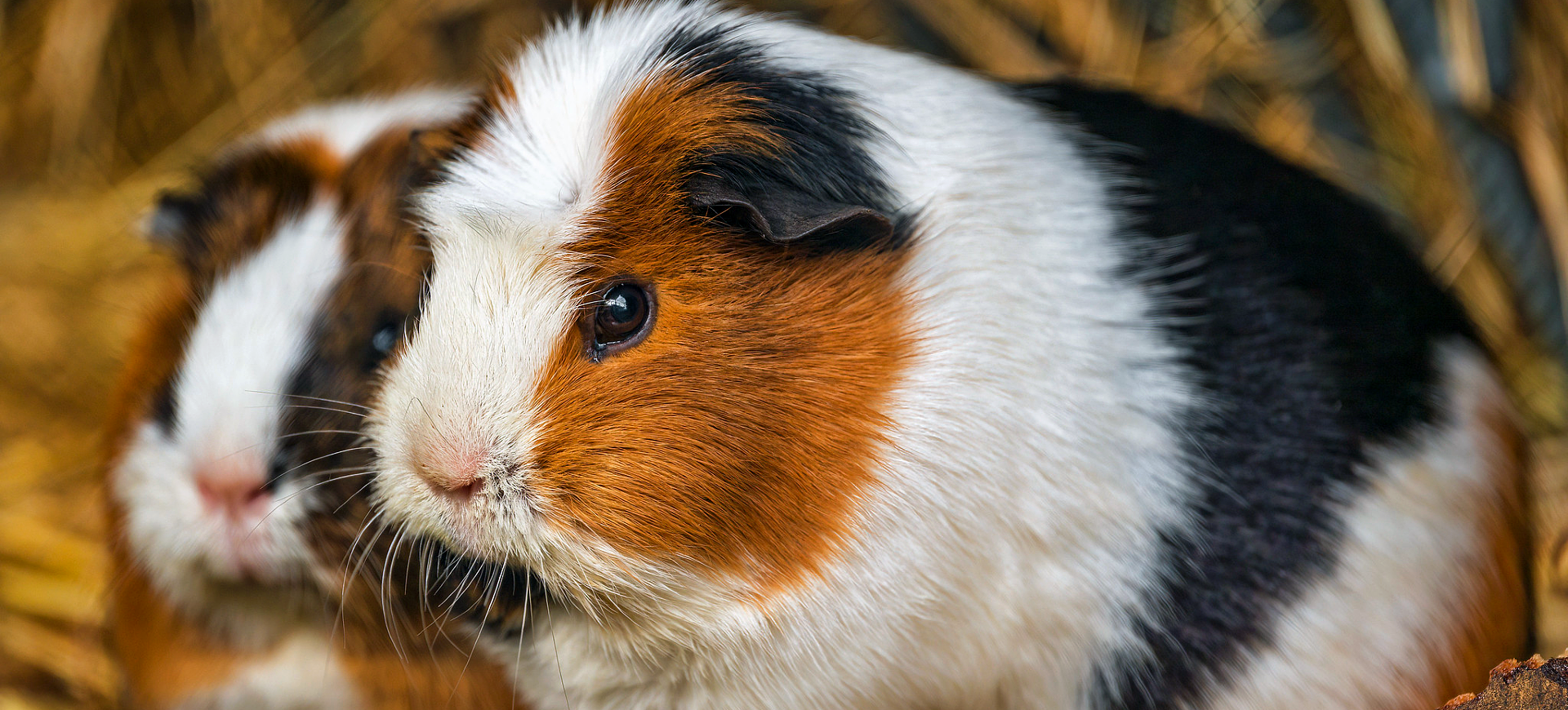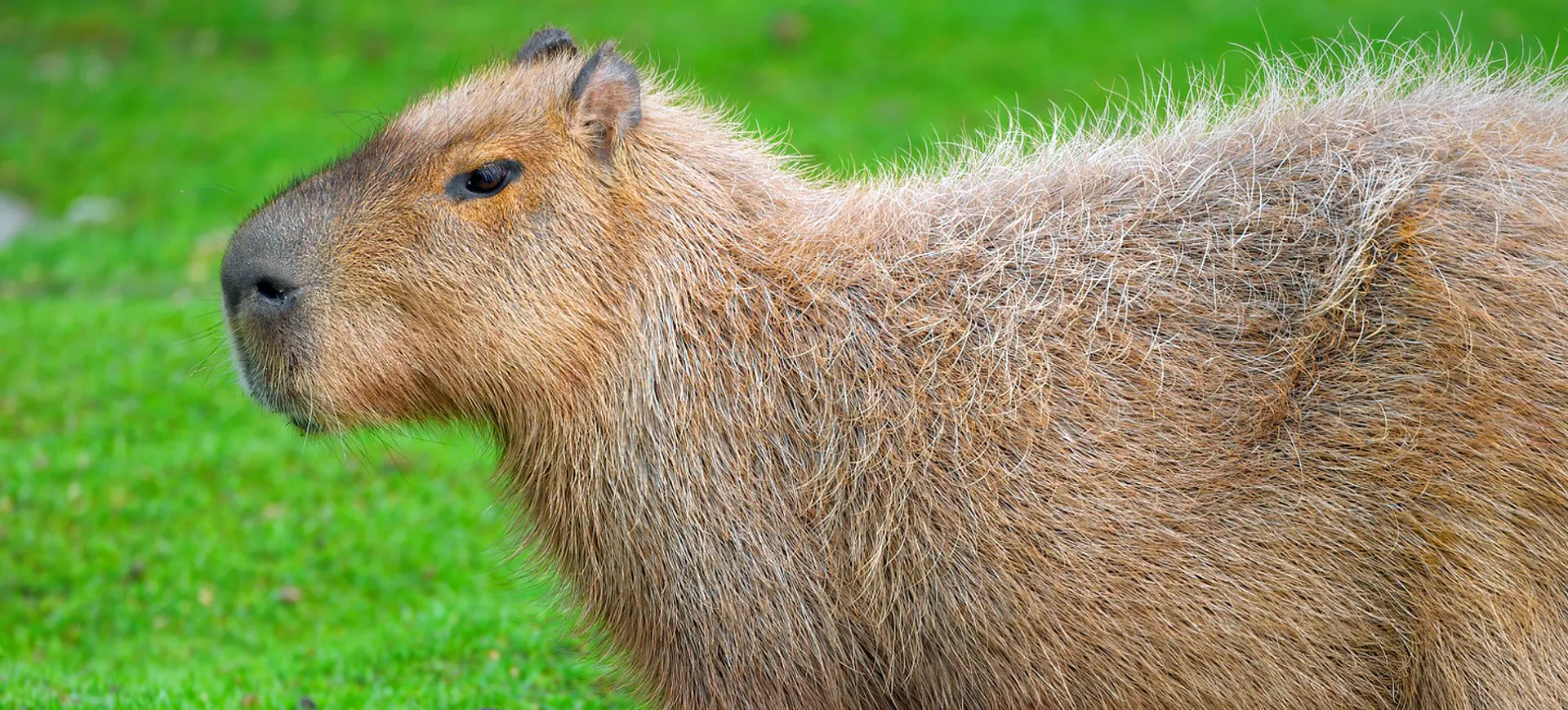Overview
The Patagonian Mara is a large, herbivorous, somewhat rabbit-like rodent native to Argentina in South America. It is characterized by its distinctive long limbs and large ears, making it well-adapted to its environment. Unique to Patagonia’s dry shrublands and grasslands, these animals are known for their swift running ability, which is a crucial adaptation for evading predators in their open habitat.
Patagonian Maras are social creatures, often found in pairs or small groups. Their social structure is fascinating, with monogamous pairs forming strong bonds. The species is known for its unique mating system, where pairs mate for life, showing an unusual level of fidelity among rodents. This trait, combined with their distinctive physical appearance, makes them a subject of interest in studying animal behavior and evolutionary biology.
Conservation efforts are crucial for the Patagonian Mara, as their numbers have declined due to habitat loss and hunting. Their habitat in the Patagonian steppe is increasingly being converted for agricultural use, posing a significant threat to their survival. As a result, these animals are now listed as near-threatened species, highlighting the need for ongoing conservation efforts to protect their natural habitat and ensure their survival.
Taxonomy
Kingdom
Phylum
Class
Order
Family
Genus
Species
Type
Physical Description:
The Patagonian Mara is notable for its distinctive appearance, resembling a bit and a small deer. It has a robust body, a small head with large ears, and long, slender limbs adapted for running. The fur is usually grayish-brown on the back, with a white underside, offering them some camouflage in their native habitats. Their long hind limbs are a remarkable adaptation for fast running, essential for escaping predators in the open terrain they inhabit.
Adult Patagonian Maras are sizable for rodents, with a streamlined body that aids their agility and speed. They possess sharp, curved claws well-suited for digging burrows, which they use for shelter and rearing their young. Their physical characteristics are adaptations for survival and play a role in their social interactions and mating behaviors.

Lifespan: Wild: ~10 Years || Captivity: ~15 Years

Weight: Male: 18-35 lbs (8-16 kg) || Female: 20-37 lbs (9-17 kg)

Length: Male: 26-34 inches (65-85 cm) || Female: 28-36 inches (70-90 cm)

Height: Male: 18-24 inches (45-60 cm) || Female: 20-26 inches (50-65 cm)

Top Speed: 35 mph (56 km/h)
Characteristic:
Native Habitat:
Patagonian Maras are native to the open, arid regions of Patagonia in Argentina. Their habitat primarily consists of grasslands and shrublands, where they have adapted to the sparse vegetation and wide-open spaces. These regions are characterized by low rainfall and harsh weather conditions, shaping the behavior and adaptations of the Maras.
Their natural habitat provides both the food sources they need and the open spaces necessary for their survival strategies, particularly their ability to run swiftly to evade predators. The landscape of Patagonia, with its rolling grasslands and scattered shrubs, offers the perfect environment for these agile creatures.
Biomes:
Biogeographical Realms:
Continents:
Countries:
Diet:
Diet & Feeding Habits:
Patagonian Maras primarily feed on grasses and herbs, which constitute most of their diet. They are herbivores, and their feeding behavior is adapted to the sparse vegetation of their native habitat. They are known to be selective feeders, choosing the most nutritious and moisture-rich parts of plants, an adaptation to the arid environments they inhabit.
In addition to grasses, Patagonian Maras consume fruits and seeds when available, supplementing their diet with additional nutrients. Their feeding habits are closely tied to the seasons, with different food sources becoming available throughout the year. This diet adaptability helps them survive in the changing conditions of their natural habitat.
Mating Behavior:
Mating Description:
Patagonian Maras exhibit a unique mating system among rodents, characterized by monogamous pair bonding. Pairs of Maras form long-term bonds, often lasting for life. This monogamous behavior is rare among rodents and is a subject of interest in studying animal behavior.
During the breeding season, males become territorial and protective of their mates, displaying various behaviors to ward off competitors. On the other hand, the females take on the primary role of caring for the young. This division of roles within the mating pair is a key aspect of their reproductive strategy.
Reproduction Season:
Birth Type:
Pregnancy Duration:
Female Name:
Male Name:
Baby Name:
Social Structure Description:
Patagonian Maras exhibit a unique social structure characterized by their monogamous pairing and communal rearing of young. They form strong bonds with their mates, and pairs are often seen foraging and resting together. This social bonding is a key aspect of their behavior and affects their survival and reproduction.
In addition to their pair bonds, Maras are known for their communal behavior, particularly when raising their young. Multiple pairs often use the same burrow to rear their offspring, a behavior that is thought to provide increased protection against predators. This communal approach to rearing young is another unique aspect of their social structure.
Groups:
Conservation Status:
Population Trend:
The Patagonian Mara population in the wild faces several challenges contributing to their declining numbers. Habitat loss due to agricultural expansion and development is the primary threat. This loss of habitat reduces the area available for the Maras to live and forage and fragments their populations, leading to decreased genetic diversity and increased vulnerability to other threats.
Another factor contributing to their declining numbers is hunting. In some regions, Patagonian Maras are hunted for their meat and fur. This, combined with habitat loss, has significantly reduced their population, making conservation efforts more critical than ever to ensure their survival.
Population Threats:
The primary threat to the Patagonian Mara is habitat destruction due to agricultural expansion. As their natural habitats are converted into farmland, the Maras lose their feeding grounds, shelter, and breeding sites. This loss of habitat is the most significant factor in their declining numbers.
Additionally, hunting poses a significant threat to the Patagonian Mara. They are hunted for various purposes, including meat and fur, further decreasing their population. These threats and the challenges posed by climate change make conserving this species a priority.
Conservation Efforts:
Conservation efforts for the Patagonian Mara focus on habitat protection and management. Establishing and maintaining protected areas is crucial to preserve their natural habitats. These areas provide a haven for the Maras, free from agricultural expansion and hunting threats.
Education and awareness programs are also essential in conserving the Patagonian Mara. By educating local communities and stakeholders about the importance of this species and the threats they face, conservationists aim to reduce human-induced pressures on their populations. These efforts, combined with ongoing research into their ecology and behavior, are vital for the long-term survival of the Patagonian Mara.
Additional Resources:
Fun Facts
- Patagonian Maras are one of the largest rodents in the world, reaching sizes comparable to a small dog.
- They can reach speeds up to 35 mph (56 km/h), making them one of the fastest rodents.
- Maras are known for their monogamous relationships, a rare trait among rodents, where they form lifelong pair bonds.
- They have a unique communication method, using various vocalizations and body postures to communicate with each other.
- Patagonian Maras can jump up to 6 feet in the air, a defensive mechanism to escape predators.
- Unlike many rodents, Maras are diurnal, meaning they are active during the day and rest at night.
- They have a distinctive appearance with long, hare-like ears and limbs and a short, bushy tail.
- Maras play a crucial role in their ecosystem by dispersing seeds through their feces, aiding plant regeneration.
- Their diet is primarily herbivorous, consisting of grasses, herbs, and occasionally fruits.
- Patagonian Maras can live up to 10-14 years in the wild, which is relatively long for a rodent species.











